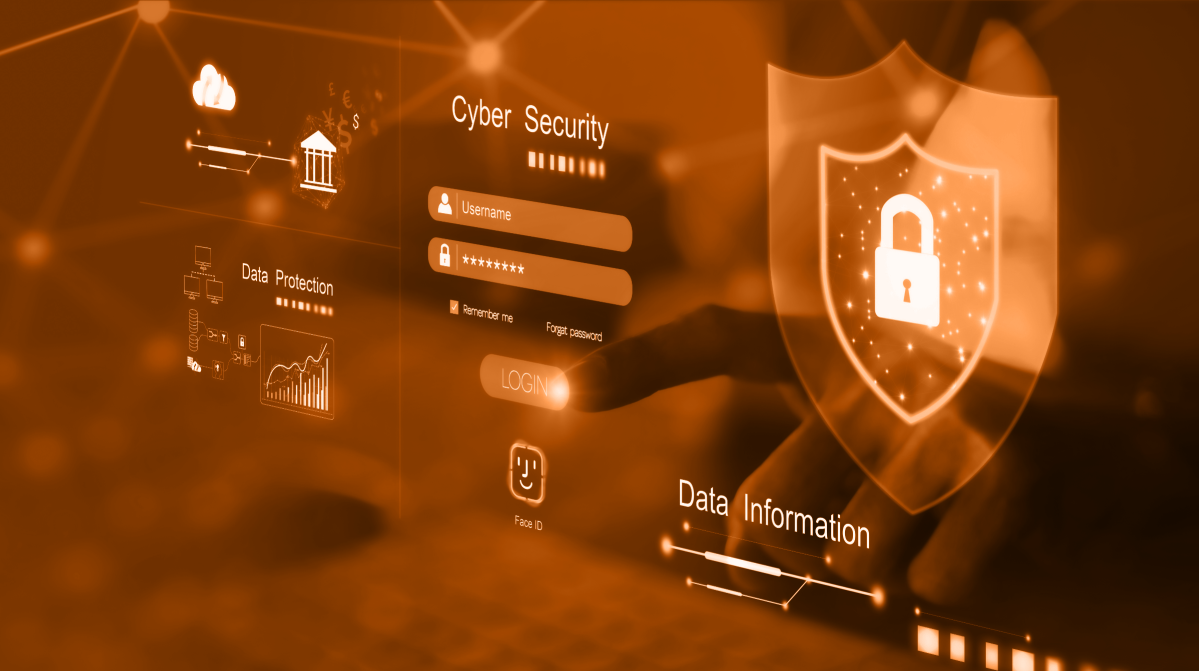%20to%20launch%20Cyber%20Attacks.png)
In recent years, hackers have begun using artificial intelligence to launch cyber attacks. This sophisticated new approach has already had a major impact on businesses and organizations around the world. In this blog post, we'll explore how hackers are using AI to carry out their attacks, and what businesses can do to protect themselves.
In the age of technological advancement, cyber attackers are increasingly turning to Artificial Intelligence (AI) to launch their attacks. As the internet becomes an even more integral part of our lives, AI is becoming an increasingly important tool for criminals to gain access to both personal and private data. By using AI techniques such as machine learning, hackers can create highly sophisticated and intricate cyber-attacks that are difficult to stop, making it essential for businesses and individuals alike to remain vigilant. AI-enabled cyber-attacks can be much faster and more effective than traditional malicious activity, making them a serious threat in the ever-evolving digital landscape.
AI-driven attacks can be found in all areas of cyber security, ranging from phishing and malware to distributed denial-of-service (DDoS). Cybercriminals have tapped into machine learning capability to interact with their targets and gain access to confidential data. Thwarting these attackers requires quickly adapting security protocols that detect, analyze and respond more accurately than ever before. Technologies like deep learning can also be leveraged to detect and predict malicious activities, allowing organizations to protect themselves against any ongoing threats. With new strategies being developed every day, it's important to stay ahead of the curve when it comes to keeping our networks secure.
Fortunately, there are steps that can be taken to protect against them, such as making sure all software is up-to-date, having separate passwords for different accounts, and only downloading secure applications from recognized sources. Additionally, it is important to be aware of current trends in cybercrime so you can recognize potential threats before they become a problem. By taking the necessary precautions and staying informed on the latest cyber security developments, organizations and individuals can significantly reduce the risk of becoming a victim of these malicious attacks.
The future of artificial intelligence (AI) and cyber security is rapidly evolving. 10 years ago, technology was far more primitive - organizations did not possess the same level of advanced automated tools required to quickly react to and prevent malicious attacks in a safe and efficient manner. It wasn’t until recently that AI became a viable tool for defensive strategies against cyber threats. By leveraging AI, businesses can access much quicker processes and more detailed information that would have taken significantly larger lengths of time to discover manually. AI helps businesses pinpoint malicious activities in real-time while also uncovering suspicious activities before they even occur, ultimately resulting in a stronger defense from outside threats. As technology continues to advance, it’s clear that AI will be a crucial part of the future of cyber security as a whole.
Though AI presents new and unique challenges for cyber security, there are steps that businesses and individuals can take to protect themselves from these kinds of attacks. It is important to stay up-to-date on the latest trends in both AI and cyber security in order to best defend against future threats.


